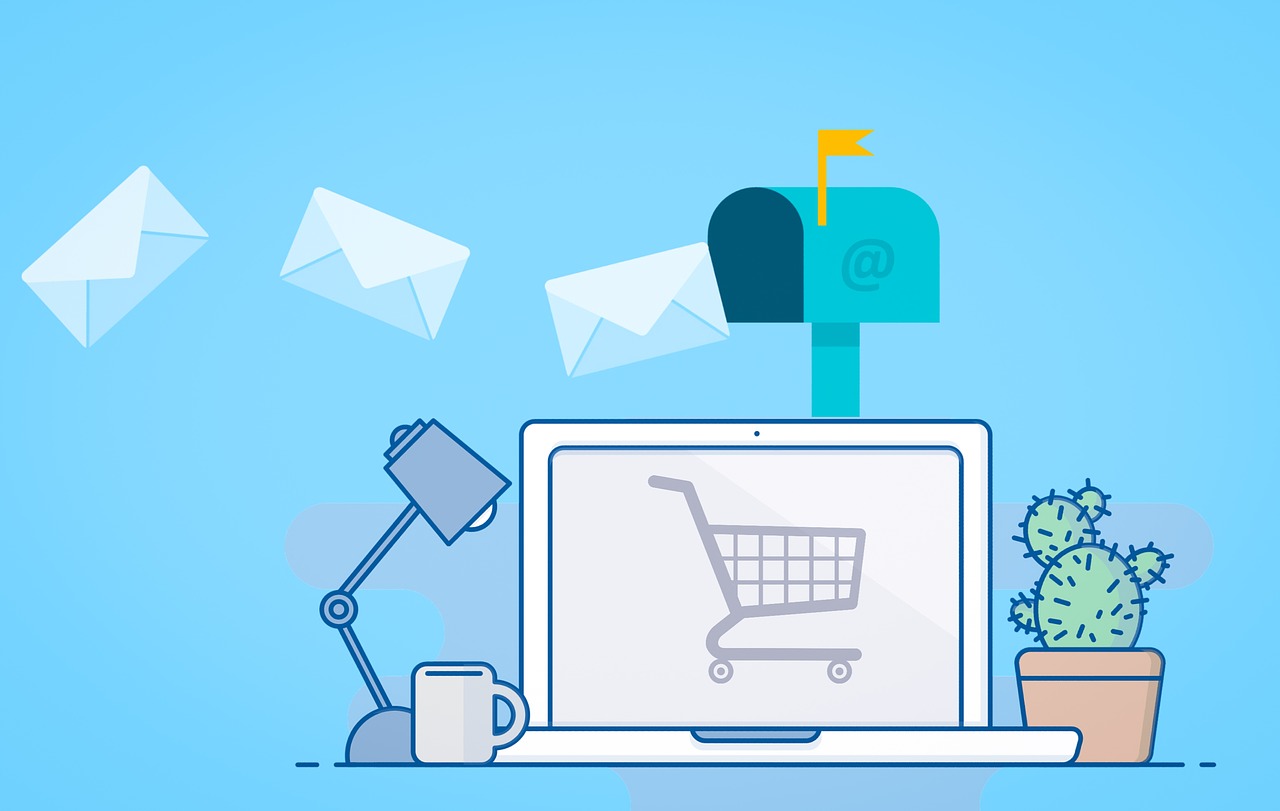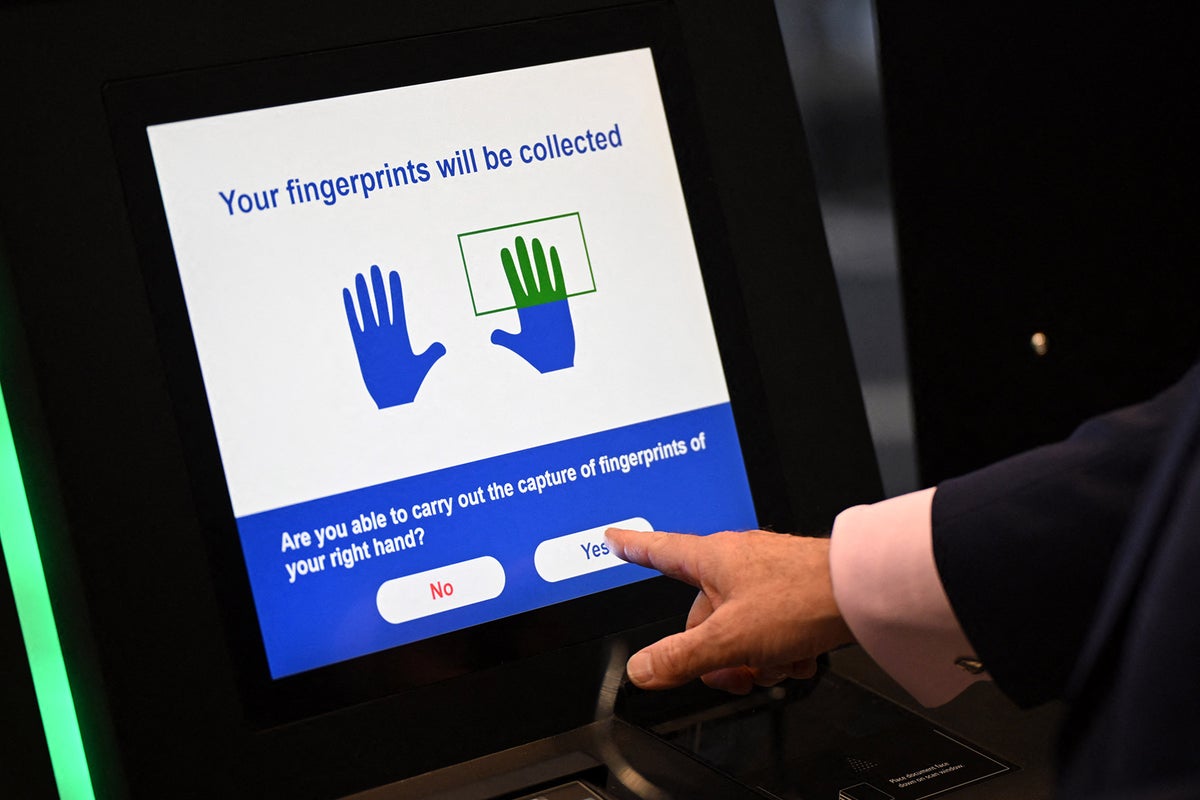Improve Your Email Click-through Rate (CTR) in 6 Simple Steps in 2023
Savvy marketers swear by email marketing. They know it comes with challenges, though, one of them being open rates. However, the real challenge is to get prospects to act on your email content. After all, where will recipients opening...

Savvy marketers swear by email marketing. They know it comes with challenges, though, one of them being open rates. However, the real challenge is to get prospects to act on your email content. After all, where will recipients opening your emails get you if they don’t click on your links? Most marketing professionals struggle with low email click-through rates. And low click-through rates translate into fewer conversions. But worry not! This article will guide you through the best email marketing tips to increase your email CTR. Before that, it’s important to go through the basics.
What Is Email Click-through Rate?
Email click-through rate refers to the number of subscribers that click on at least one of the links or CTAs in your email campaigns. Why do email marketers do everything within their power to improve it? Because a high CTR indicates that recipients find your email material interesting enough to click on your CTAs and learn more about your business updates, promotions, industry tips, etc. But how will you know if you have a good email click-through rate? Well, it depends on factors like your industry averages or your marketing budget.
To calculate your email CTR, all you have to do is divide the number of subscribers who clicked on a link in your email by the number of emails delivered. Then, multiply the result by 100 to show a percentage. However, keep in mind that the formula may differ slightly depending on your email marketing service. Some ESPs monitor unique clicks to measure email click-through rates, while others check every click, so a recipient clicking twice will count as two clicks.
Why Should You Increase Your Email CTR?
Email click-through rate is the cornerstone of email marketing metrics since it shows your recipients’ level of engagement with your emails. Even if your marketing team members are experts in how to create a landing page or a blog post that drives conversions, it’s no use if your subscribers don’t click on the link that will direct them there. Improving your email CTR leads to increased traffic to your website and landing pages, which, in its turn, drives leads and sales.
Your email click-through rate tells you whether or not your email campaigns meet your subscribers’ expectations. That means you are able to figure out what works and where there’s room for improvement. It could even offer you valuable insight if the audience targeted with your emails is the right audience. What you have to do is constantly track and measure your email campaign performance and then apply the lessons learned in future emails.
6 Simple Steps to Improve Your Email Click-through Rate in 2023
Now that we have established what the email click-through rate is all about, it’s time to analyze the most effective yet simple steps to improve your email CTR and drive the customer engagement that your emails deserve.
1. Create and Dispatch Relevant Email Content
Once a recipient opens your email, you would be surprised to know how little time you have to catch their attention. Your subscribers are busy people who are bombarded with hundreds of emails daily. So, you have to showcase that your content is relevant to their interests and provides them with solutions to their challenges. It’s a no-brainer that when your email content aligns with their needs, your email campaigns will receive more clicks.
Sending relevant content to your contacts is key to improving your CTR. If you combine such content with a good offer that addresses their pain points, you maximize the chances of them clicking on your email links. Compelling incentives give readers all the right reasons to spend more time scrolling through your content and follow your email call to action. But to offer them the incentive they need, you first need to get to know them. And list segmentation is the vehicle for understanding them.
2. Leverage Segmentation and Personalization
As a marketer or business owner, you are aware of most benefits coming with email list segmentation. But did you know that segmenting your target audience also helps you boost your click-through rate? List segmentation gives you the opportunity to create and send relevant email offers to each and every prospect. And the more targeted the offer, the more the likelihood of your readers clicking on them.
Not every email will interest every member of your email list. So, neglecting to segment your contact database costs you more time and money than you think since you may put your focus on uninterested recipients. Not only will they be unwilling to convert, but they probably won’t bother reading your email content or clicking your links. To succeed in email marketing, you need to send targeted emails to the recipients most likely to respond well to them.
How can you achieve that? All you need to do is segment your email list based on the data you have for your subscribers, from demographics to browsing and purchasing habits. Try to collect as much data as possible in order to build a rapport with them and let them understand you’ve done your homework. Then, manage said data to personalize your email campaigns and make them feel special with tailored messages.
Personalization nowadays goes beyond using their name in your subject lines, so consider adding more than one personalization element to showcase you know what they need – and that your links are the doorway to getting it. However, ensure you have done the appropriate research to use the right thing and avoid scaring them off through the use of too much or too sensitive information.
3. Include Social Media Sharing Options
Surprisingly, most marketers don’t know that adding at least one social media sharing option to their emails can improve their click-through rates. If this option is more than one, the percentage of recipients clicking on your links could skyrocket. Apart from that, social sharing options increase your email content’s visibility, helping you reach prospects that aren’t your subscribers – yet. Think of it this way: even if a subscriber isn’t interested in a specific promotion or educational content, they might know someone who is.
So, having social media sharing options in your emails makes it easier for them to spread the word to their social networks. These shares are valuable opportunities for new leads to hear about your unique value proposition without you moving a finger. Just make sure you add the social sharing buttons or links most relevant to your marketing objectives. For instance, if you want to grow your Instagram following, it would be better to make the corresponding sharing option prominent.
4. Optimize for Mobile Devices
With millions of recipients accessing their inboxes through mobile devices, not optimizing your emails for mobile is just leaving money on the table. Mobile readers are a huge percentage of your target audience, regardless of other demographic or behavioral characteristics. The device people use to view your emails is a critical factor in how they interact with them.
Trust us when we say that when you give mobile device users a hard time reading and scrolling through your email, they won’t waste another second on it. The last thing you want is for them to have a bad user experience and think of your company as a bad sender. This will not only result in them ignoring your CTAs, but they will probably move your email to the trash folder, too. Therefore, if you want your email CTA clickability to go up, you need to ensure that your emails render perfectly, no matter the device your readers use to display your messages.
5. Build Trust
Speaking of bad senders, let us reassure you that your sender reputation directly affects both your open and click-through rates. And it makes perfect sense seeing that clicking on malicious or misleading links is probably the most terrifying experience an online user might have. The more users and email clients respect you as a sender, the more your emails get delivered. And the more your sender reputation improves, the better your email performance in terms of opens and clicks.
It should go without saying, but staying away from bad or suspicious links that direct visitors to shady web pages is an email marketing strategy you should stop now. However, there are other essential elements that also help you improve your sender reputation. Some of them include:
Always have an unsubscribe option in your emails, and make sure it’s clear and visible so that readers don’t have a hard time finding itMake sure your email marketing efforts stay compliant with anti-spam regulations like the CAN-SPAM Act or the GDPRAvoid practices like spam-triggering words, excessive use of exclamation marks and punctuation points, or too many emojis, both in your subject line and your email bodyClearly state who you are by displaying accurate sender information and including your company’s physical address within the email copy6. Get Your CTAs Right
Creating great email content, compelling offers, and eye-catching subject lines is key to getting readers to click on your call to action. But your CTA itself deserves your utmost attention, or all your efforts could go down the drain. It’s what tells your recipients what you expect from them, so you have to make their next action as clear as possible.
First things first, opt for actionable and straightforward language in your CTA copy for recipients to easily understand what will happen upon clicking on it. You should also place it strategically so they can detect it immediately, and make it bold to stand out. And keep in mind that your email copy should be centered around the action you want readers to take, therefore serving your CTA.
When it comes to the number of CTAs contained in your emails, there is no magic formula; you simply have to test what works and what doesn’t and find the right balance. We know it might be tempting to add multiple CTAs, thinking that your audience will click on at least one of them. However, it’s common for recipients to feel overwhelmed and frustrated by multiple call-to-actions and stray away from such emails. So, consider using a single CTA that focuses on the action that best serves your marketing goal.
Final Words
Increased click-through rates show that more prospects are willing to take action with your email content, which in its turn, is the definition of a successful email campaign. If you are facing the common problem of low CTR, the tips detailed in this article will pave the way for witnessing an increase in this crucial email marketing metric.
No email campaign is the same as another, though, and neither is your email marketing objective. That’s why you must always perform A/B testing to figure out which tactics have a measurable impact on your email campaign performance. The ones that help you improve your click-through rate and drive audience engagement are the ones worth investing in and continue employing in future emails.

 Aliver
Aliver 































